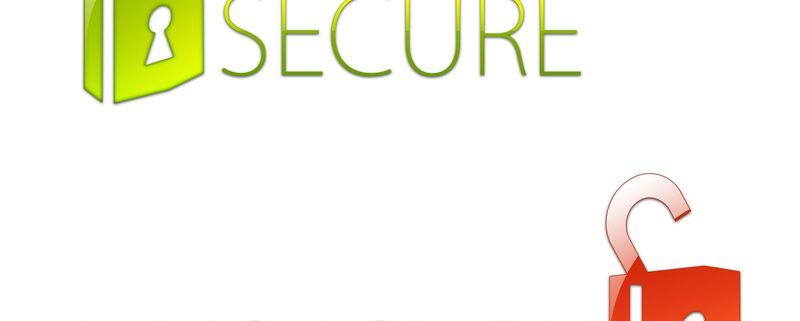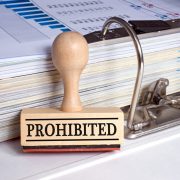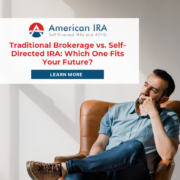What Kind of Private Notes Can You Use in a Self-Directed IRA?
In a Self-Directed IRA, one of the many options you have as an investor is to use private notes inside your retirement account. Also known as Self-Directed IRA lending, this refers to using an IRA to make a loan to someone, creating the asset that becomes known as a private note. Essentially, you’re buying someone’s indebtedness to your IRA. For many investors, this can be an important way to diversify; it ensures passive income with the terms you negotiate, and it means that you’ve put some of your money aside in something besides stock.
But what kinds of private notes can you use in a Self-Directed IRA? Let’s look at the specifics.
The Different Types of Private Notes
There are a lot of different options you’ll have for private IRA lending, including:
- Mortgages and trust deeds. When people want to make real estate purchases, they can sometimes run into trouble securing all the funding they need. Using a private note for a mortgage or trust deed is one of the more common forms of loan.
- Private business loans. For someone who starts a business, a key loan at the beginning can be life changing.
- Commercial real estate development. It can get expensive for people to develop properties, and even though they might have a rock-solid business plan, the initial capital can be problematic to acquire. Commercial real estate development loans can help put projects over that hump.
- Car notes. One of the most common types of loans for personal consumption is purchasing a car. People need to get back and forth, after all, and they may not be able to swing the financing terms they’re seeing on the market otherwise.
- Bridge loans. Bridge loans are called “bridges” because they can help the borrower get from one point in their life to the next; they might have access to capital otherwise, but not in the short-term. These short-term loans can be advantageous for investors who don’t want to wait years and years to see returns on their investment.
- Purchases of distressed debt. In some cases, a borrower might be borrowing money to buy debt, in which case they need a tremendous amount of capital themselves.
Secured vs. Unsecured Notes
When you research loans, you’ll find these two words a lot. What is an unsecured loan? How does it differ from a secured loan? The key turning point is this: an unsecured note will not be backed by any collateral, which makes it far riskier for lenders. A secured note is backed by collateral, which gives the lender other options in the case of default.
For many people, they might use a philosophy of never engaging in riskier, unsecured loans. However, in the world of private notes, it’s possible that some people will seek these out, knowing that there may be good loans for which borrowers were denied because of the lack of collateral. This requires a shrewd eye for investing. And it’s a key point to note here: investors will be making their own decisions, which means that as with any investment, there’s an element of risk involved.
Making the Most of Self-Directed IRAs
With all of this in mind, it’s important to review the rules of Self-Directed IRA lending and to know what your options are. The more you know, the better equipped you’ll be to make lending a part of your IRA, if that’s what you choose to do.
Interested in learning more about Self-Directed IRAs? Contact American IRA, LLC at 866-7500-IRA (472) for a free consultation. Download our free guides or visit us online at www.AmericanIRA.com.







